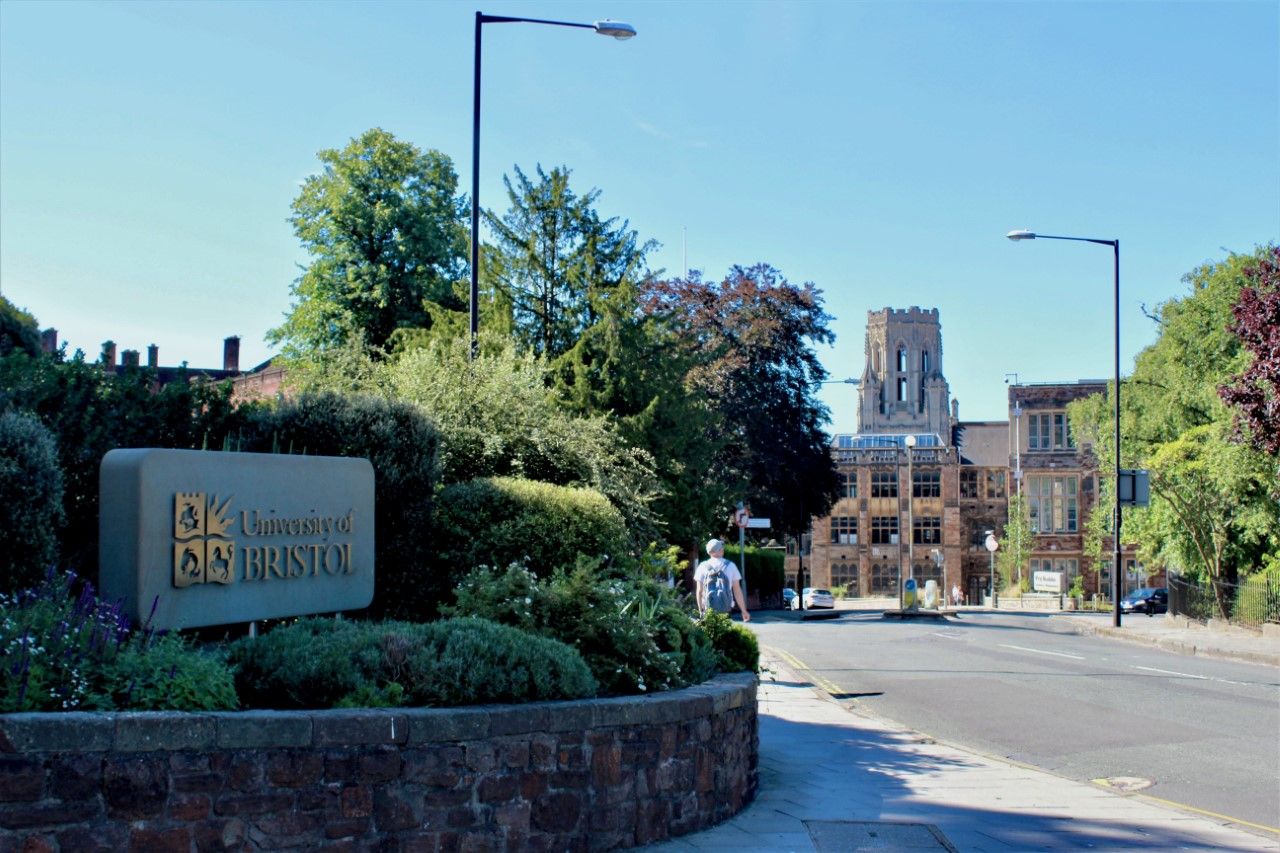By John Stack, Second Year, Mathematics BSc
With reduced face to face teaching and ‘lower cost interventions’ such as social distancing and face-masks, the spread of COVID-19 through the Bristol University student body can be reduced by three quarters and, under some scenarios, ‘driven to zero’, according to modelling by scientists at the Universities of Bristol and Exeter.
The report highlighted how the reducing face-to-face teaching ‘is likely to be the single most effective intervention’ and that ‘supplementing reduced face-to-face testing with COVID-secure interactions and reduced living circles could reduce the percentage of infected students by 75%’.
Without interventions however, about 74% of Bristol University students would be infected with COVID-19 by the end of the academic year, with ‘onward transmission to family members at the end of term likely’.
Our rapid review of modelling studies looking at how to stop the spread of #SARS_CoV_2 in universities is available now #medRxiv preprint (not yet peer-reviewed) @HPRU_BSE @BristolUncover #coronavirus https://t.co/CwBH3uEj5T pic.twitter.com/uS1ij7709b
— Hannah Christensen (@Christensen_H) September 14, 2020
First year students are predicted to be ‘the main drivers of transmission due to high numbers of contacts in communal residences,’ it added.
The study was carried out by a cross-disciplinary team of nine scientists that included faculty from Bristol University’s schools of Medicine, Veterinary and Biological Sciences. They are part of Bristol University's COVID19 Emergency Research Group (UNCOVER).
This research is the first of its kind to model the spread of COVID-19 within a University that is representative of British civic universities, such as those found in cities like Manchester, Sheffield and Liverpool. This means that the predictions and findings are applicable to many other British universities.
Much previous research on the spread of COVID-19 through universities has been focused on the campus style universities found in the U.S, which have suffered large outbreaks since their reopening last month.
First year students are predicted to be ‘the main drivers of transmission due to high numbers of contacts in communal residences.
Students themselves are found to be at little risk if the virus is allowed through the University student population, with the study stating that a ‘high rate of transmission within a university setting is unlikely to translate to high morbidity among students.’
But interventions such as reducing the number of interactions students make through seminars and lectures can significantly reduce this risk.
Enhanced COVID-19 security measures were also found to have a significant impact, reducing the number of students infectious at the end of term four-fold.
These security measures encompass social distancing and face mask use, on and off campus.

At Bristol University, common to most other British Universities, students will be expected to socially distance and wear face coverings on campus. Much face to face teaching has been replaced with online content.
If no measures were implemented, the model estimates that 950 students – equivalent to 3 out of every 100 – would be infectious at the end of first term.
Dr Hannah Christensen, Senior Lecturer in Infectious Disease Mathematical Modelling in Bristol Medical School said: ‘[O]ur results have shown certain interventions can be effective. Minimising face-to-face contacts and lowering the risk of virus transmission when people do meet, through physical distancing, the use of face coverings and good hand hygiene, all help reduce the spread. Testing, with contact tracing and quarantining, also plays a critical part in controlling outbreaks.’
The researchers used anonymised data on Bristol University students’ including their term addresses, home region and country, year and course of study. With this and surveys of students’ social contact, they were able to build a model of how students in different years and subject groups study, socialise and form households.
‘Our findings highlight the importance of monitoring first year students and halls of residence in particular’
This allows them to model how COVID-19 spreads within the student body and how different mitigations will affect its spread.
The study found first year students to live and share communal facilities with a high number of students studying a diverse range of subjects. This increased the spread of the virus between students.
‘Our findings highlight the importance of monitoring first year students and halls of residence in particular,’ the report added.
‘In our analysis, first year students experienced the highest rates of infection and dominate the early part of the outbreak due to the high levels of mixing in halls of residence.’
High COVID-19 transmission potential associated with re-opening universities can be mitigated with layered interventions https://t.co/mqT1WjKIgT #medRxiv
— medRxiv (@medrxivpreprint) September 11, 2020
Second, third- and fourth-year students, in descending order, were found to be infected to a lesser extent. Masters and PhD students were significantly less infected still.
The modelling predicts infections to peak in February if no action is taken. Interventions will squash the curve, pushing a smaller peak back later.
‘Once the university year starts, and should there be an outbreak, this type of modelling should be used to estimate parameters in real time and provide a more accurate tool for guiding interventions.’
Mitigations were modelled against a baseline scenario of students sharing living facilities with a maximum of 24 people, with household size estimated from postcode data.
University of Bristol involved in international Covid-19 study on ICU mortality
Bristol researchers and the pursuit of a Covid-19 vaccine
Students were modelled as having close contact each day with 20 other students through labs, seminars and lectures and 4 people through leisure and other means. These numbers were taken from previous survey data of students’ activities.
University staff were not explicitly included in the model.
The study added: ‘Although by-and-large students fraternise with students, they do pose some risk to more vulnerable groups within the university such as staff with co-morbidities, or to their local community.’
A spokesperson for the University of Bristol said: ‘We welcome this very important research and have used it to help guide our own response as we prepare to welcome students back for the new team.
‘Such insights are invaluable to the Higher Education sector at such an uncertain time and we’re pleased to see it feed into the Government’s guidance for universities. Going forward, increased testing capacity will be vital and we will continue to flag this at a national level.’
Featured: Lucy O'Neill / Epigram
Do you think the University is ready for the return of students?









